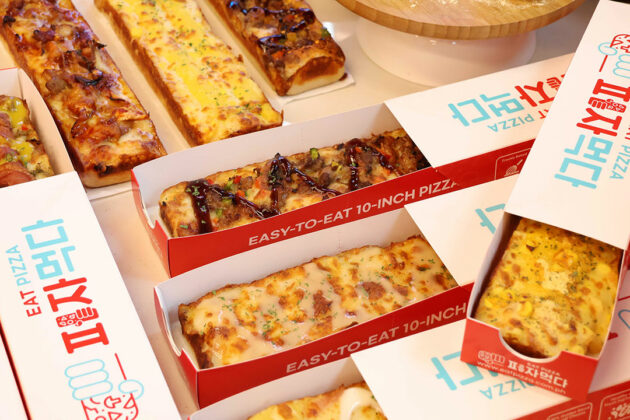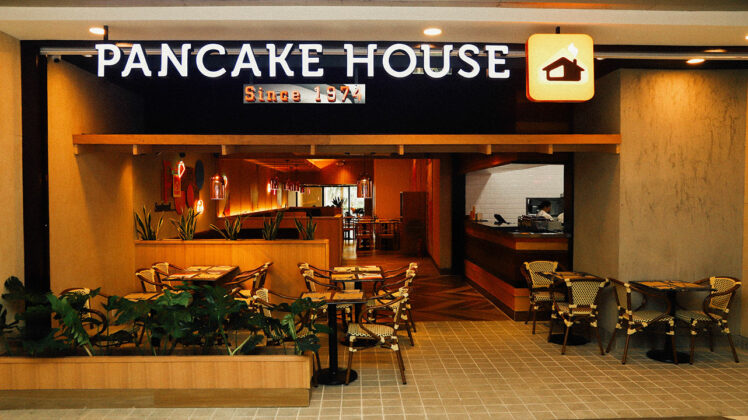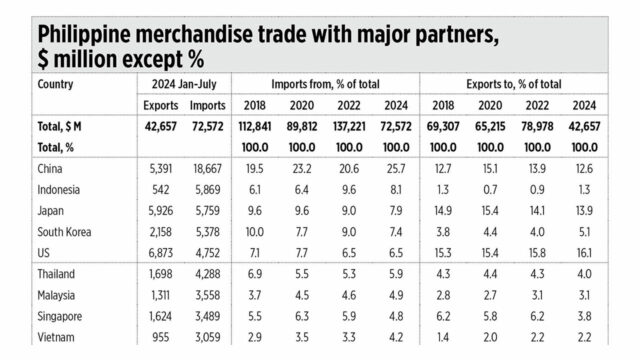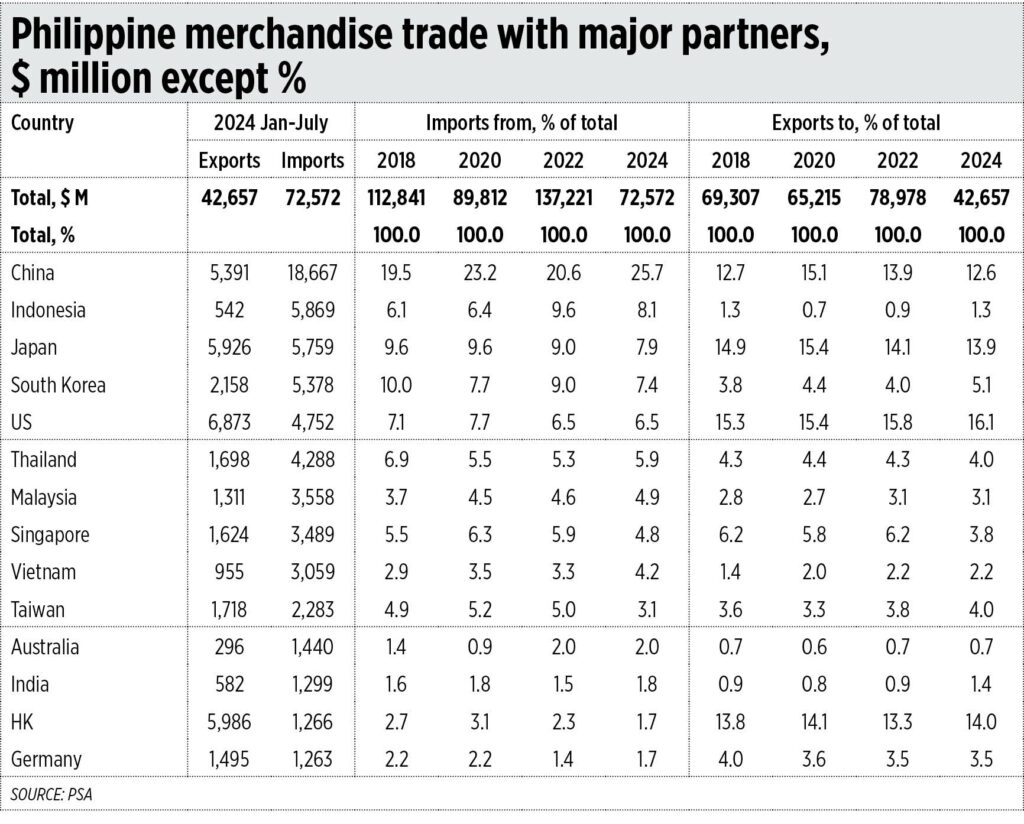The race is on… for talent
(Part II)
Besides showing that the company cares for society/the environment (in concrete details, instead of paying lip service) and provides a competitive salary as the two key requirements for attracting the best among Gen Zs, there are a couple of other steps to sweeten the pot.
While a company may not be able to provide all of them, it should remember that it is competing to attract and retain the best — which in turn is half the battle won in churning out competitive products and services.
Since Gen Zs are digital natives, anyone who wants to hire and retain them should show how relevant technologies are mainstreamed into their operations. A 2018 Southeast Asia survey by Dell Technologies Philippines, Inc. showed that Filipino Gen Zs were most confident about their tech skills at 68%, that 90% of Filipinos surveyed said they were interested in working in firms with pioneering technology, and that almost all of them said they would choose employers based on technology which their businesses use. Addressing these findings, online employment marketplace SEEK recommended that potential employers highlight the technologies they use on their websites and job ads, present business profiles in digital formats, as well as employ visual platforms like YouTube and Instagram.1
Filipino Gen Zs are also keener than predecessors on career development and mentoring, hoping that they will upgrade skills and learn something new and useful during their stay with the company, according to a 2022 study on Gen Zs in the Philippines.2 An article on SEEK said that opportunities to “rise up the ranks, work and train overseas, and be skilled in tech could translate to career and financial advancement, and are regarded as the best options” by Gen Zs.3
This is a point that should be clear not only in job interviews, but also as a new hire is integrated deeper into the company. For example: a clear, structured training and continuing education program — punctuated by formal ceremonies with awards — will go a long way to fulfilling this need. Such training can start with work values which the company espouses in order to improve productivity (and, don’t forget, enhance individuals’ chances for promotion) before moving on to technical subjects.
“Build a culture of close mentoring. With your immediate feedback and frequent check-ins, employees feel valued,” read a statement of SEEK, which also noted a Dell survey that showed that 86% of Filipino Gen Zs “are willing to teach senior colleagues on tech matters.”
Much also depends on supervisors and managers themselves keeping up to speed with the changing nature of the work force in their companies, and adjusting their styles of handling people accordingly. They adjust with every major change in production input, and it should be no different when it comes to human resources. Companies could hold workshops on this matter, i.e. how to get the best out of new generations, given changing priorities and expectations within a more mobile labor market. The new generation/s of workers need coaching/mentoring, and it will not do managers/supervisors any good to insist on a sink-or-swim training method.
In fact, mentoring could be added to managers’ and supervisors’ core competencies to be tracked and assessed regularly. Majority or all of hires complaining about a particular manager or supervisor, or worse resigning (even for varied avowed personal reasons), should be a red flag if their boss is their common denominator. Simply put: a manager/supervisor whose subordinates fail to perform up to standards to the last man/woman is himself/herself likely not managing/supervising adequately. If it is too much to expect all managers and supervisors to immediately adopt new ways of drawing out the best from subordinates, an organization may designate one or a few people to take charge of dealing with them (something like sergeant majors in the army) in the interim.
Competitive workers would also appreciate, as part of the mentoring process, regular performance assessments that are more frequent than the usual annual appraisal. There are many ways to do this, including making other appraisals outside the annual one more informal. Note, however, that while studies show that Gen Zs appreciate real-time feedback, this could be counterproductive if spontaneous reactions are tainted by frustration or any other negative emotion amid the heat of deadlines. I know of a few managers and supervisors who put off regular informal work feedback to the last day of the work week, before heading off to drinks with subordinates.
Regular training, frequent mentoring and performance appraisals, as well as a clear system of advancement lend to an environment of career development in a company. “Gen Zs are inclined to prioritize opportunities for career development and growth, and are more likely to look for other opportunities if they feel that their current job is not helping them to learn new skills or advance their career,” said the 2022 Philippine Gen Z study.
What else?
Banish the thought of scrapping flexible/hybrid work arrangements that became mainstream during the pandemic, if one is still keen on hiring Gen Zs; let’s just get that point out of the way.
Comprehensive healthcare benefits — including mental health coverage — as well as anything that will help humanize and promote a culture of collaboration/team work in an otherwise high-stress environment will go a long way to keeping Gen Zs happy and productive. “Due to a high-pressure environment, Gen Zs have identified mental health as a key priority,” said the 2022 Philippine Gen Z study. “Generally young people experience higher rates of mental health concerns than the rest of the adult population.” On a wider scale, Deloitte’s Global 2024 Gen Z and Millennial Survey saw 80% of Gen Z respondents saying that mental health support and policies were important when considering an employer.4
It will also help for managers to remember that many Gen Zs want respect for their opinions and knowledge, look for good leadership (including transparency), as well as mutual trust regardless of their age or standing in an organization, the same study showed.
How long do these youngsters stay?
The 2022 Philippine Gen Z study bared a 1.7-year average when respondents were asked how long they had stayed in their last jobs, even as responses ranged from less than one month to nine years.
“… [T]he labor market in the Philippines is shifting. Voluntary turnover and attrition continue to increase and reached 15.9% in 2023 compared to 14.2% in 2022. The typical reasons cited for leaving were better pay and growth opportunity, relocation/family migration and flexible work arrangement or work-life balance,” a press release quoted Patrick Marquina, head of Work & Rewards at Willis Towers Watson Philippines, as saying.
“This trend looks set to continue in 2024 and employers in the Philippines will continue to face significant talent challenges including the attraction and retention of key talent. Winning the talent race will require employers to stay focused on balancing the entire package of rewards they offer, both monetary and non-monetary, in order to remain competitive and align with employees’ needs and wants.”
How does one plan, sustain, and grow a business with that kind of attrition rate?
If there is anything the economic crisis spawned by the pandemic taught all of us, it is that one needs to be nimble but still focused not only to survive but also in order to thrive in a fast-changing landscape. That could mean completely replacing people management styles as well as work procedures and systems that no longer work, especially if there is no alternative talent pool from which to draw new hires.
I guess this is just one of those challenges that calls for a great deal of agility and innovation.
Part 1 of this column can be found here: That is one target-rich environment! (https://tinyurl.com/ys7khgwt)
1https://ph.employer.seek.com/market-insights/article/characteristics-of-gen-z-a-guide-to-hiring-and-making-them-stay
2“Generation Z in the Philippine Labor Force: Profile, Perspectives and Prospects,” Athena Mari E. Son, ILS Working Papers 202
3https://ph.employer.seek.com/market-insights/article/here-comes-gen-z-but-are-you-ready
4https://www.axios.com/2023/11/05/gen-z-workplace-communication (copy of Deloitte study: https://www.deloitte.com/global/en/issues/work/content/genz-millennialsurvey.html)
Wilfredo G. Reyes was editor-in-chief of BusinessWorld from 2020 through 2023.


















